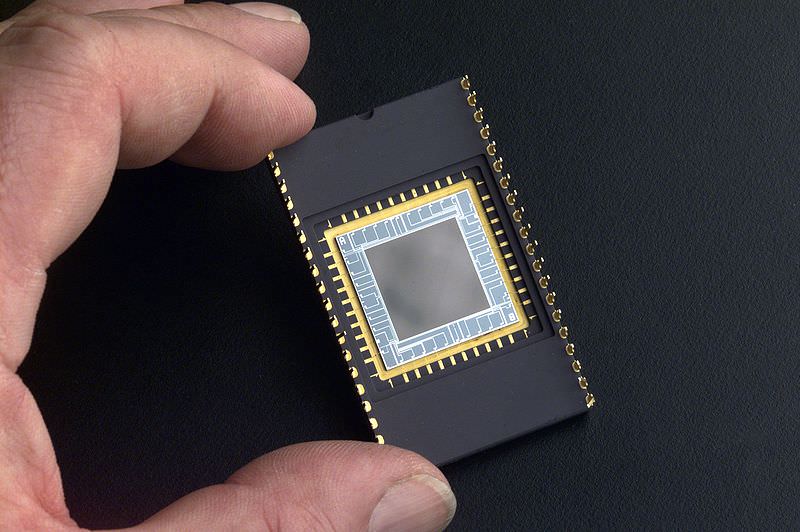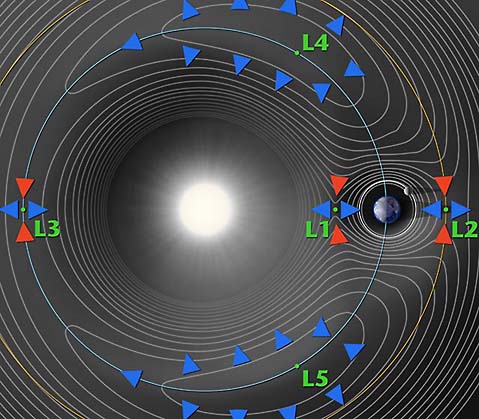[/caption]
What keeps us from floating off into space? Why does something I drop fall to the ground? Kids are famous for asking questions like this, which usually cause parents to mumble something about gravity or tell them they will learn it when they get older. Here are a number of resources that can answer some of those questions.
Kidipede explains what gravity is on the Earth and in the universe.
How Stuff Works has a number of experiments for kids regarding the laws of gravity.
Science Experiments offers a simple science experiment about gravity for kids, including a video clip showing how to do the experiment.
The USGS has a simple definition of what gravity is.
This site explains that the reason things do not fall off the Earth is because of gravity.
Physics 4 Kids has information on gravity for children. It also covers the topics of planetary gravity and the Moon. Additionally, the site has other links to different resources.
Spaghetti Box Kids has an experiment that teaches kids about density and gravity. The project involves making miniature hot air balloons.
About.com offers information on Sir Isaac Newton and tells about his work regarding gravity and his three laws.
Teacher Tech has an entire lesson plan mapped out around Sir Isaac Newton. It teaches about Newton and his three laws of motion. Additionally, it has a quiz for students and two science experiments involving gravity and motion.
Science Monster makes learning about gravity fun and easy. In addition to providing easy to understand definitions of gravity and intertia, the website has a game you can play that further reinforces the concepts.
This is a video clip from NASA showing how important gravity is in our everyday lives. It also has links to other video clips from NASA. This material is rated for grades 5 through 12 according to NASA.
Kids Konnect has links to a variety of sources related to gravity including NASA. The site also has a number of links to information about Sir Isaac Newton who is famous for his work regarding gravity.
Universe Today has articles on planets for kids and Solar System projects for kids.
If you are looking for more information, check out Kids Astronomy and Primary Games.
Astronomy Cast has an episode on gravitational waves.


